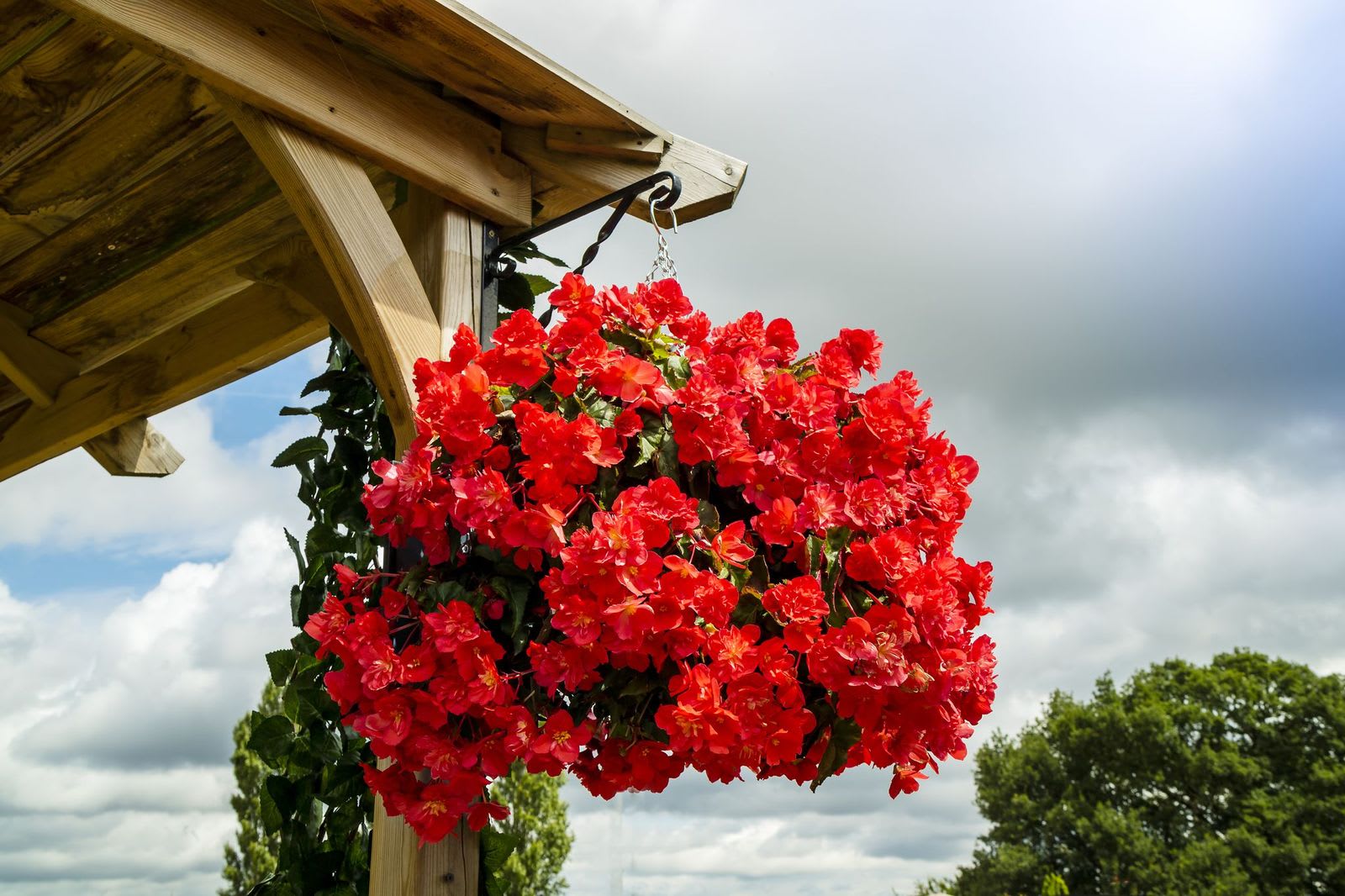Are you looking to create stunning summer flowering pots and hanging baskets this year? Tuberous begonias love growing in shady parts of your garden and do well in hanging baskets and tubs, and, although they grow in borders, flamboyant lilies also thrive in pots to give height and fragrance to your scheme. You’ll need to buy tubers and bulbs in January-February so now is the perfect time to get online or visit your garden centre.
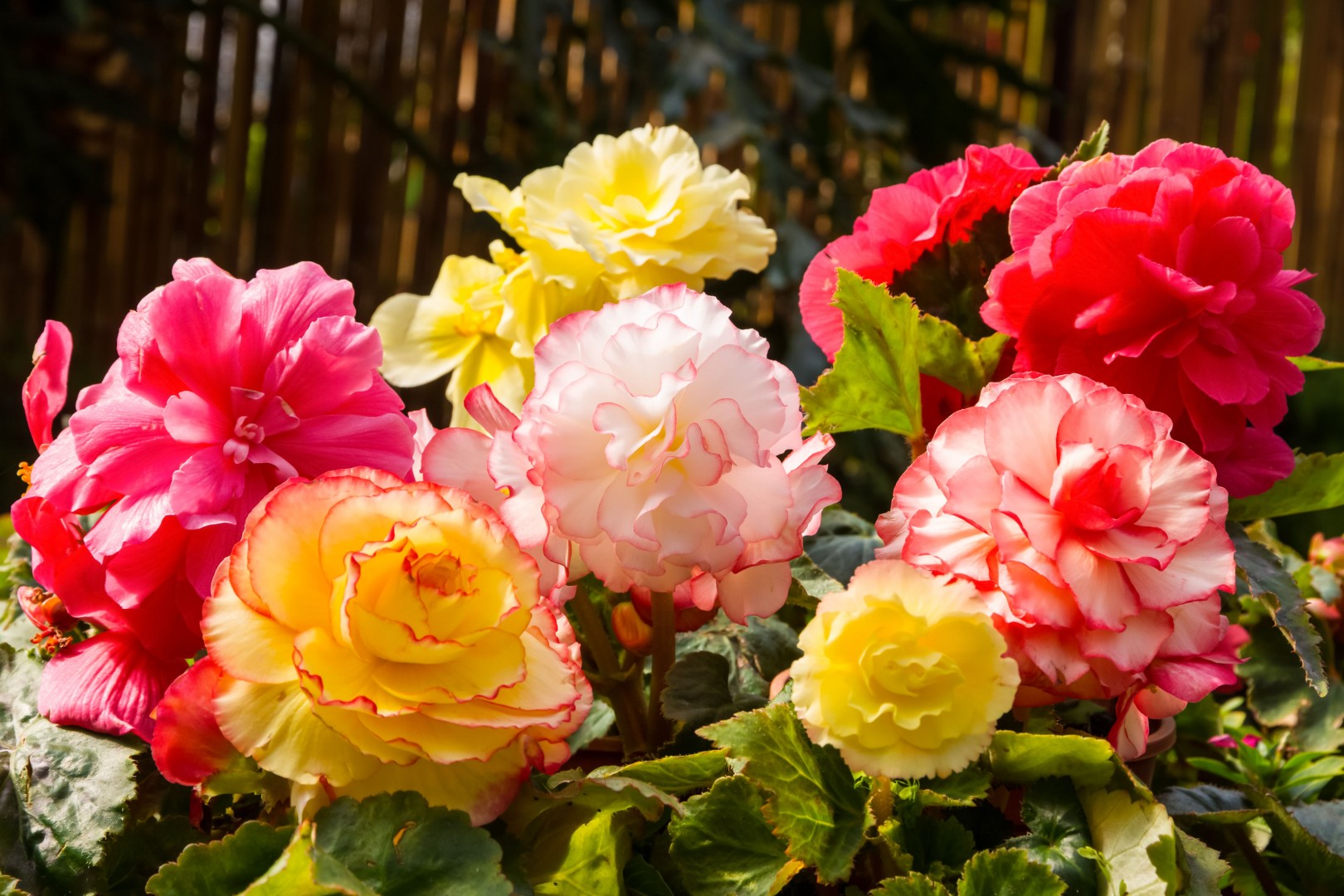
Begonias in bloom
First, tuberous begonias; whilst these tender perennials may be considered by some as old fashioned, there are several new, bold varieties of tuberous begonias with long-lasting, showy flowers now available. Start your tubers off indoors in March or April at a temperature of 18°C. Fill a 7.5cm deep seed tray with moist potting compost with a small quantity of sand or vermiculite mixed into it to help drainage. With the hollow side uppermost, place the tubers on the surface of the damp compost, 2.5cm deep and 2cm apart. Place in a warm position but out of direct sunlight and then once the leaves start to show, pot each tuber into an individual 12.5 cm pot using peat-free multipurpose compost. Keep damp but don’t over water.
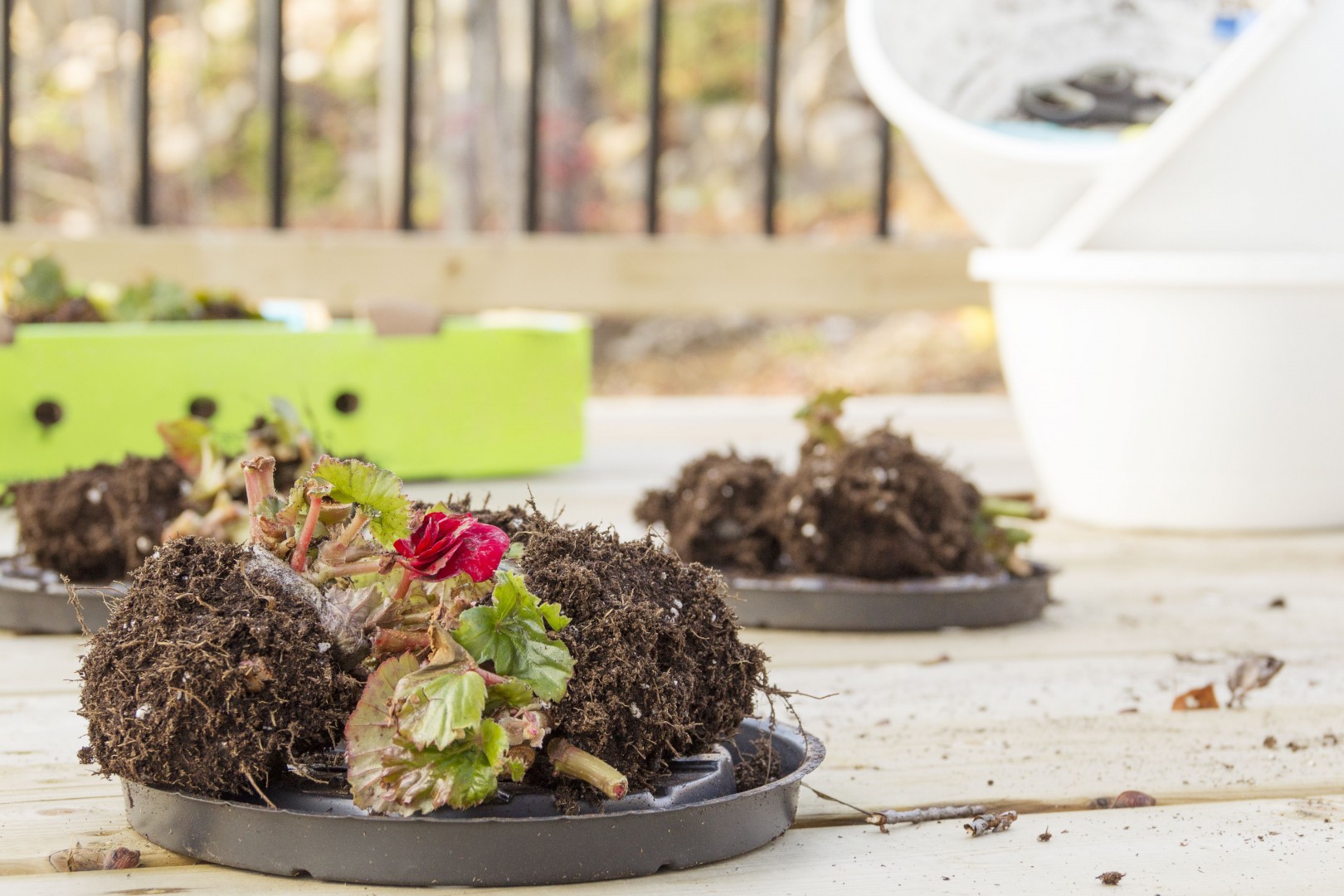
Begonia tubers
Once the outdoor temperatures start to rise, harden the tubers off by placing outdoors during the day – again not in full sun. The tubers can be replanted in your pots or hanging baskets once all danger of frost has passed. Four weeks after this final re-potting, start a stringent weekly feeding programme using a high potassium food (such as tomato fertiliser). Continue this regime until September, and water regularly during dry periods but avoid getting their foliage wet. In terms of position, tuberous begonias will tolerate morning sunshine but do best in shade or semi-shade and make sure you regularly deadhead. You will find that male and female flowers are borne separately on the same plant and to get the best flowering results remove the smaller female flowers – the male flowers are the showiest and your patience in caring for them will reap rewards.
When it comes to selecting lilies, you will be spoilt for choice. There are some, such as ‘Pretty Woman’ that grow 180cm tall, whilst Oriental and Asiatic lilies grow to about 100 cm high. All have an array of stunning colours from white to pink, dark purple and warmer yellows and oranges and their intoxicating perfume will fill your garden with fragrance on a summer evening.
Select a suitably deep pot; if using clay pots first add in a 5cm layer of drainage materials such as small stones or crocks (plastic pots with feet and drainage holes, which are raised off the ground may not need additional drainage). If you have selected a variety with larger bulbs, you can either plant in individual pots or if you have a large (60 cm) pot, you could plant three bulbs in one. The rule of thumb with smaller bulbs is to allow a 15cm gap between bulbs in the same pot and the depth depends upon the variety selected. Lilies should be planted with their basal plate (where the hairy roots hang down from) facing downwards into the soil and the pointed tip of the bulb facing upwards. All lilies are heavy feeds so ensure you add granules of a controlled-release fertiliser when planting. As lilies grow tall, insert a suitable length cane which can be tied to the plant for support.
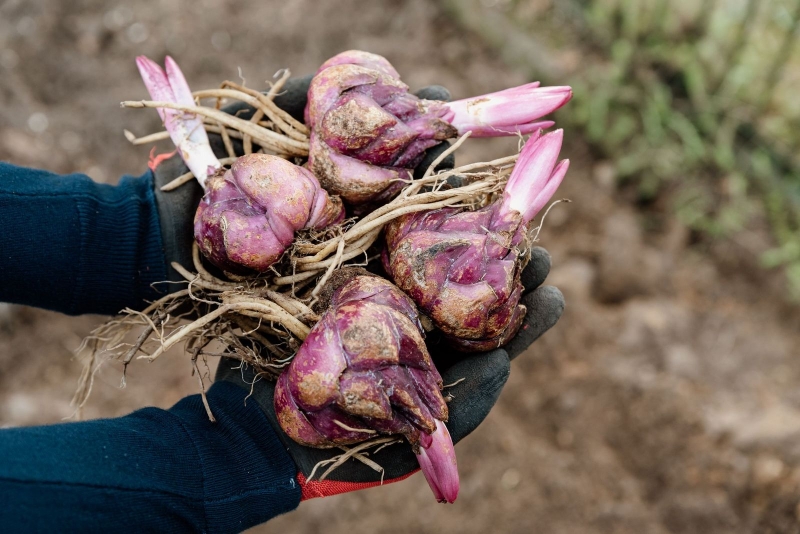
Lily bulbs
Different lilies will have different needs: Asiatic hybrids and Turk’s cap lilies root from the base of the bulb and need to be planted at a depth three times the height of the bulb, and 15cm apart. These are the easiest types of lily bulb to grow and can be planted in multipurpose compost with the addition of a small amount of horticultural grit. Oriental lily bulbs require an acidic soil and need to be planted in ericaceous compost, again with a small amount of horticultural grit added to the soil.
Lilies are vulnerable to red lily beetles so to guard against, spread newspaper on the ground under the plants and carefully pick off the grubs as soon as you see them, quickly crushing them before they fly off. Alternatively, at the first sign of attack, spray plants with sunflower oil which is more effective on the larvae than the adult beetles.
Lilies like their compost moist but not saturated and feed every 14 days with tomato fertiliser when their first shoots appear. You can force the bulbs to speed up their flowering by moving into conditions of 18 to 21oC and unlike begonias, lilies like to be placed in full sun. Regularly deadhead spent blooms (unless you are growing Martagon lilies) and don’t cut flowering stems back to soil level; instead, just remove the top third and leave the stems in place until they have gone brown, and the energy has gone back into the bulb.
Once lilies have finished flowering, move into the shade and then overwinter in a cool, frost-free well-ventilated cold greenhouse or frame which has strong light. If pots are left outside, wrap the containers with bubble wrap to protect against frost. And as for your begonias, at the end of September, there is no need to throw these spectacular plants on the compost heap. Instead, as their leaves start to yellow naturally, reduce their watering. Lift the tubers before the first frosts and store on barely moist soil or sand in a seed tray. Water occasionally to prevent shrivelling. These are ideally kept in a frost-free shed at 7°C but they’ll also manage the winterunder a bed in a cool bedroom before being replanted the following year.
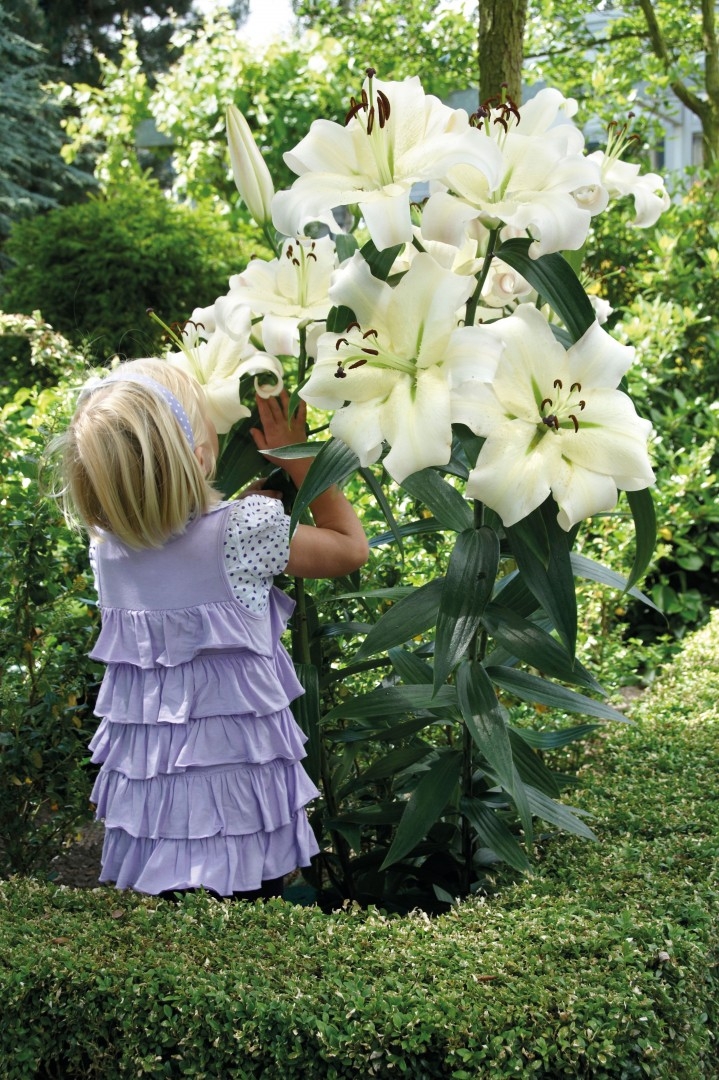
Thomson & Morgan Pretty Woman lilies
See our competitons page for your chance to win one of two fantastic collections of Pretty Woman lily bulbs from Thomson & Morgan
